Perpendicular Lines
In perpendicular lines when two intersecting lines a and b are said to be perpendicular to each other if one of the angles formed by them is a right angle.
In other words,
If two lines meet or intersect at a point to form a right angle, they are called perpendicular lines. We can draw a perpendicular line with the help of a set of square.
The symbol used for perpendicular lines are ┴.
For example, a ┴ b (read as a is perpendicular to b).
In the above figure, AB and AC are perpendicular lines. ∠CAB = 90°. We use the symbol ⊥ to represent perpendicular lines.
What are perpendicular lines in geometry?
Lines that meet or cross at right angle are perpendicular to one another.
A right angle is usually marked by a box as shown in the above figure.
Two rays or two line segments are said to be perpendicular if the
corresponding lines determined by them are perpendicular. Similarly a
ray and a segment are said to be perpendicular if the corresponding
lines determined by them are perpendicular.
Here, l ┴ m (read as l is perpendicular to m).
Look at the following pictures and observe that how stumps of a wicket are placed on the ground. If we represent the ground by a straight horizontal line and a stump with a vertical line, the set of such lines are called perpendicular lines.
Look at the two lines PQ and RS which intersect at the point P.
These lines are perpendicular to each other.
Look at the picture of the room:
Wall is perpendicular to the floor.
The lines in the corner along the wall and the floor (marked by red colour in the above figure) are perpendicular to each other.
Look at the road AB and CD.
These roads are perpendicular to each other. The lines marked by red colour in the figure are perpendicular to each other.
|
Look at the two lines AB and CD which intersect each other at the point O. These two lines are perpendicular to each other. |
|
We use the symbol ⊥ for perpendicular. In the figure, line segments AB and CD are perpendicular to each other. We write it as AB ⊥ CD or CD ⊥ AB. |
(i) To draw a line perpendicular to a given line at a point on it with a set square:
Let AB be a line and C a point on it.
We want to draw a line perpendicular to AB at C with a set square.
Place a ruler along the line AB. Then place a set square so that its one of the perpendicular edges may fall along the ruler and the vertex at which they are perpendicular falls on C. Draw a line CD along the edge of the set square perpendicular to AB. Now remove the set square and the ruler.
CD is the required line perpendicular to AB at C.
(ii) To draw a line perpendicular to a given line from a point not on the line with a set square:
Let AB be a line and C a point not on the line.
We want to draw a line perpendicular to AB and passing through C.
Place a ruler along the line AB. Then place a set square so that its one of the perpendicular edges may fall along the ruler and the edge of the set square perpendicular to the ruler passes through C. Draw a line CD along the edge of the set square which is perpendicular to the line AB.
Now remove the set square and the ruler.
CD is the required line perpendicular to AB passing through C.
Construction of Perpendicular Lines by using a Protractor.
Sum of Angles of a Quadrilateral.
Practice Test on Quadrilaterals.
5th Grade Geometry Page
5th Grade Math Problems
From Perpendicular Lines to HOME PAGE
Didn't find what you were looking for? Or want to know more information about Math Only Math. Use this Google Search to find what you need.
Recent Articles
-
Counting Numbers from 1 to 50 | Match the Number | Missing Numbers
Apr 04, 25 03:46 PM
In counting numbers from 1 to 50, recognize the numbers, count and then join the numbers in the correct number order. Here we mainly need eye-hand coordination to draw the picture and maintain the num -
Counting Eleven to Twenty with Numbers and Words |Numbers from 11 - 20
Apr 04, 25 03:21 PM
Counting eleven to twenty with numbers and words are explained below. One ten and one more is eleven. Eleven comes after ten. One ten and two more is twelve. Twelve comes after eleven. -
5th Grade BODMAS Rule Worksheet | PEMDAS | Order of operations|Answers
Apr 03, 25 03:11 PM
In 5th Grade BODMAS Rule Worksheet you will get different types of problems on mathematical expressions involving different operations, mathematical expression with 'brackets' and 'of' and simplifying… -
Worksheet on Simplification | Simplify Expressions | BODMAS Questions
Apr 03, 25 02:58 PM
In worksheet on simplification, the questions are based in order to simplify expressions involving more than one bracket by using the steps of removal of brackets. This exercise sheet -
Divisible by 2 Video |Test of Divisibility by 2 Trick| Rules| Examples
Apr 03, 25 10:25 AM
A number is divisible by 2 if the digit at unit place is either 0 or multiple of 2. So a number is divisible by 2 if digit at its units place is 0, 2, 4, 6 or 8.
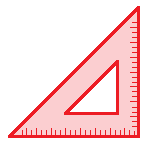
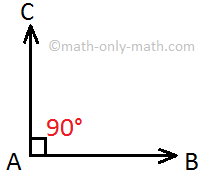

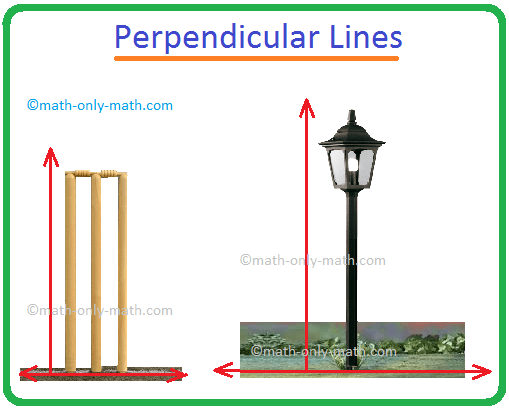
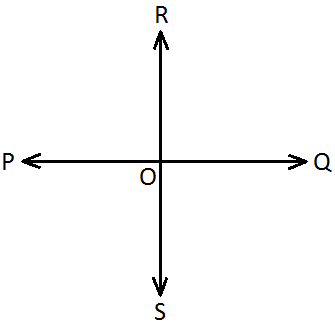
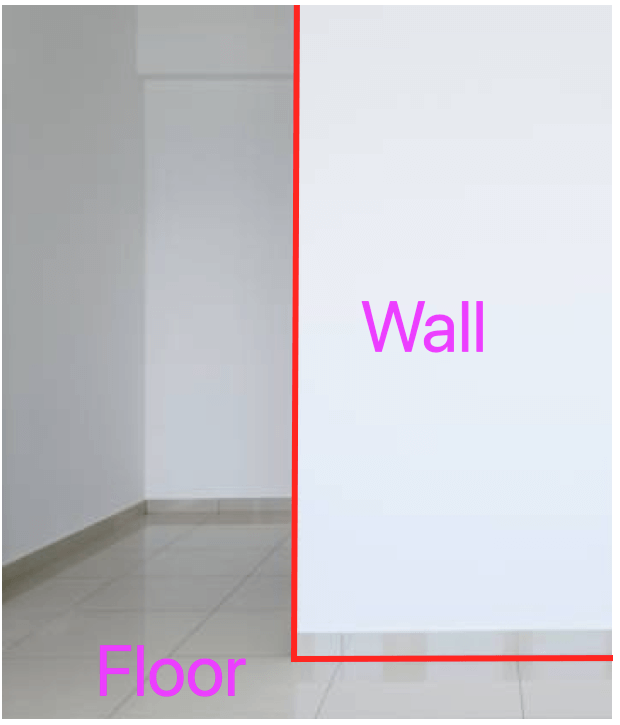
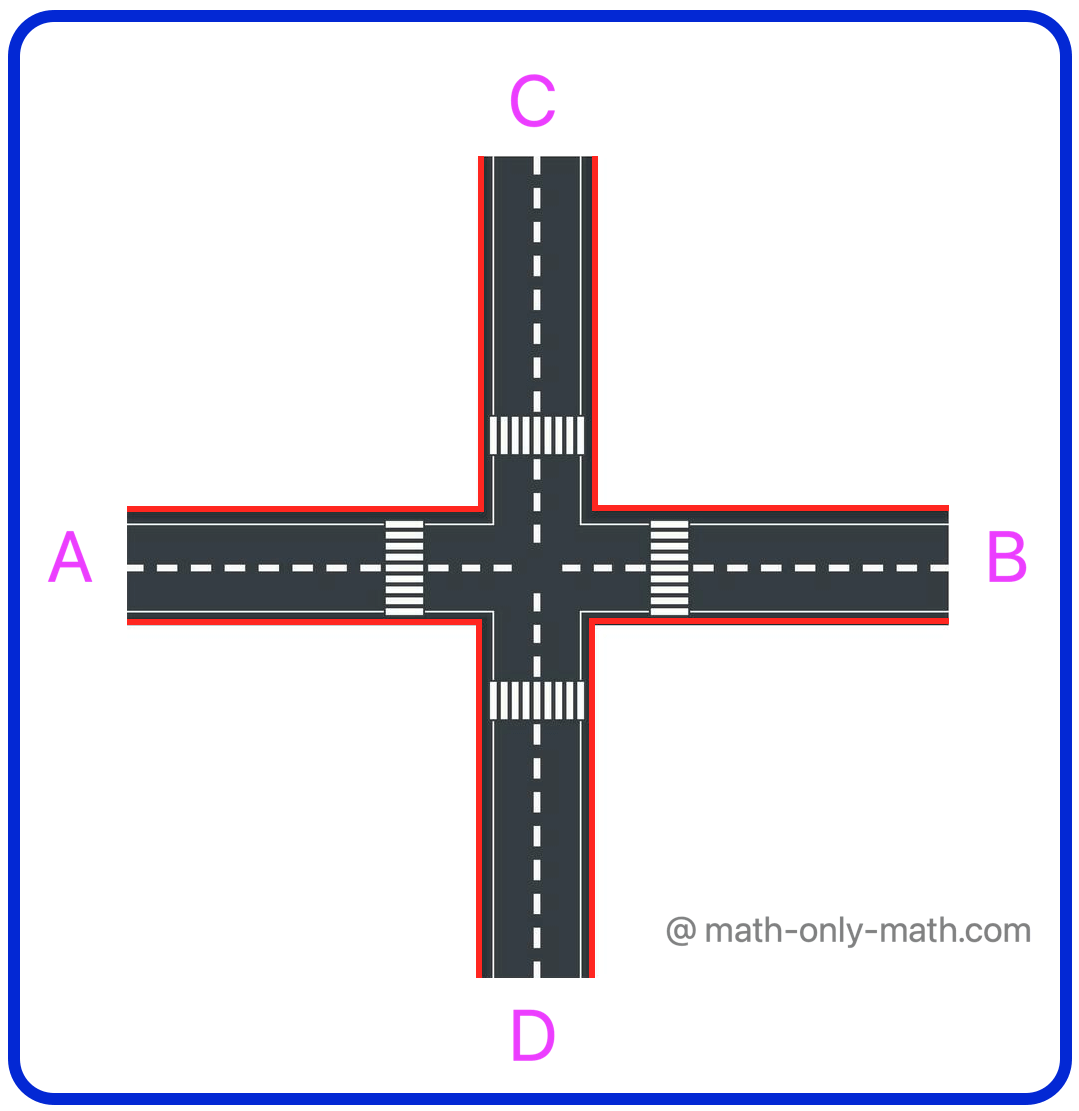
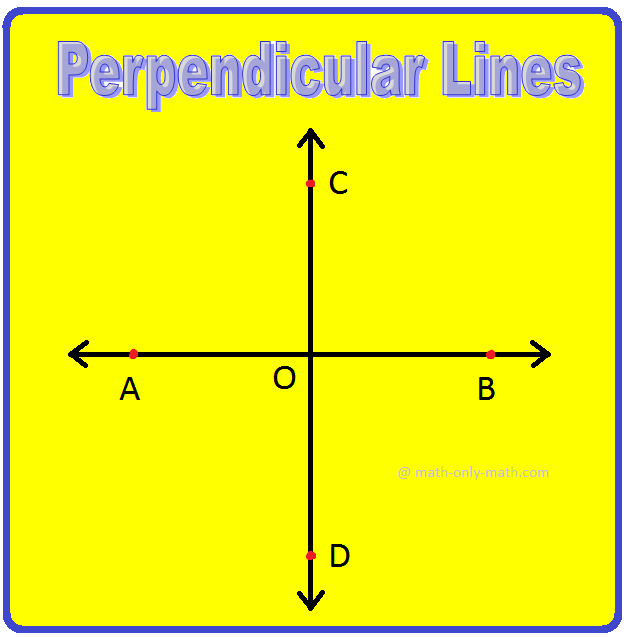
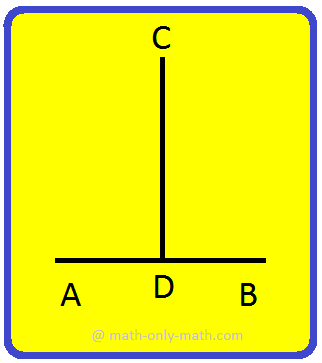
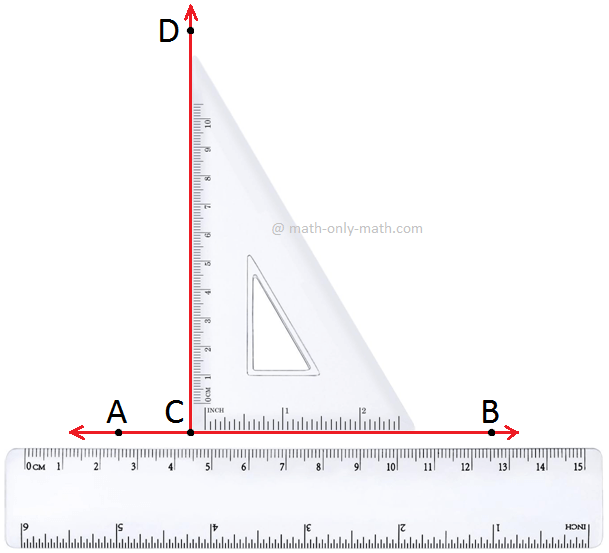
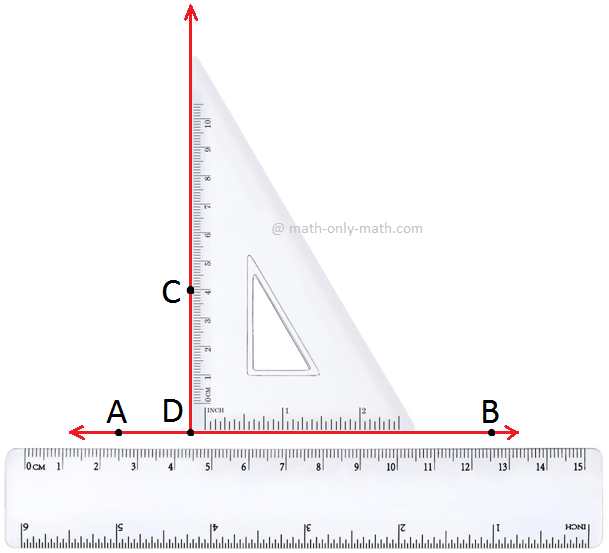

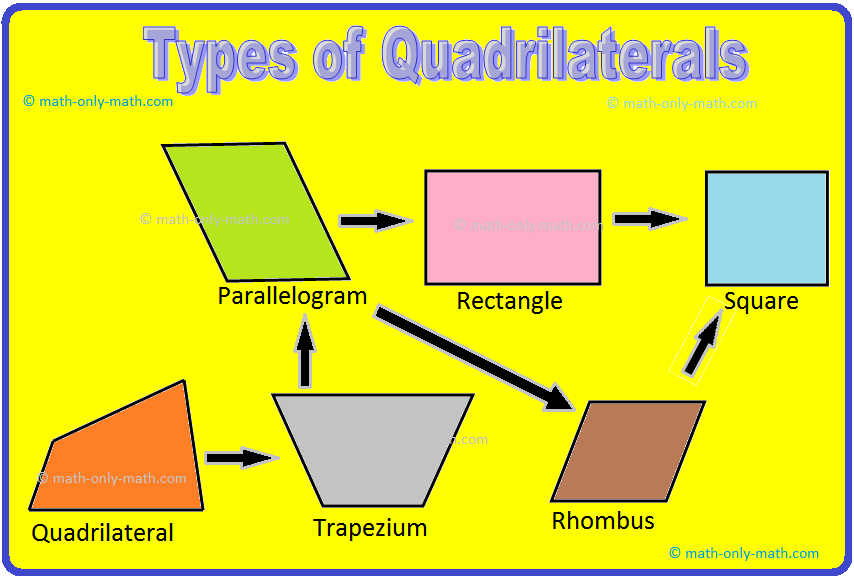


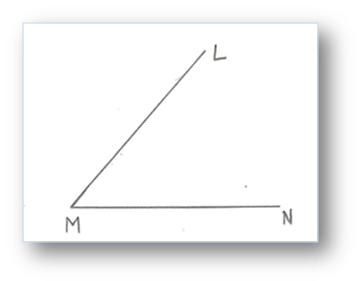
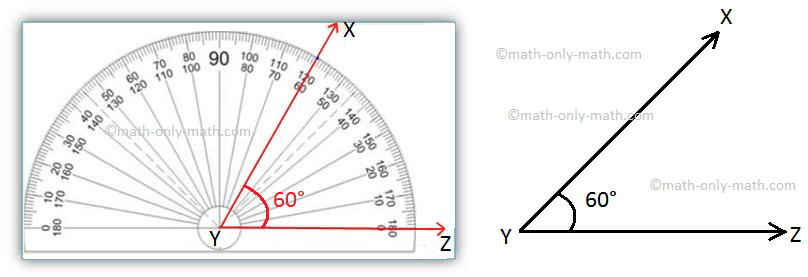
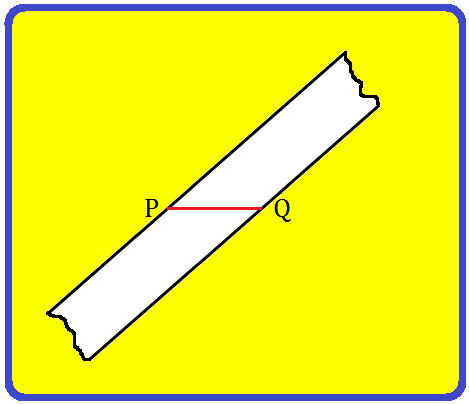
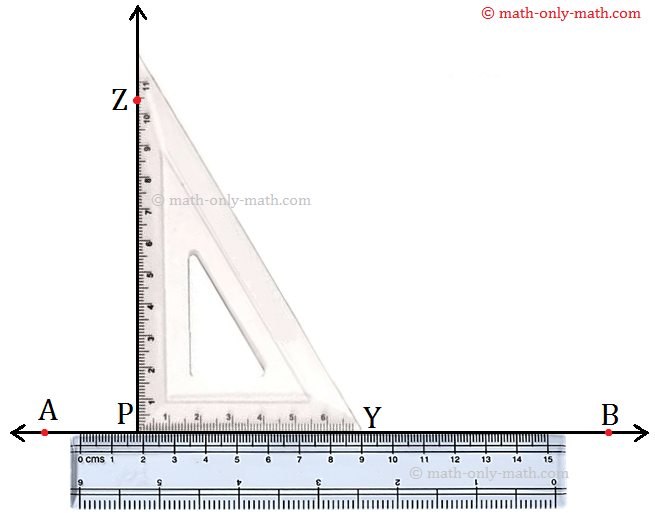
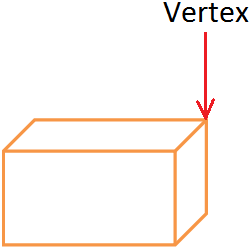

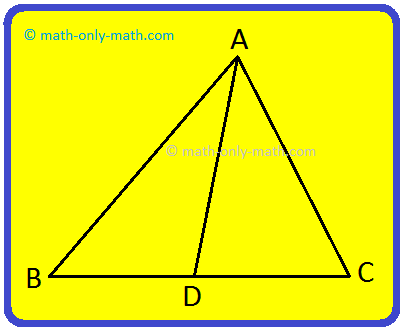
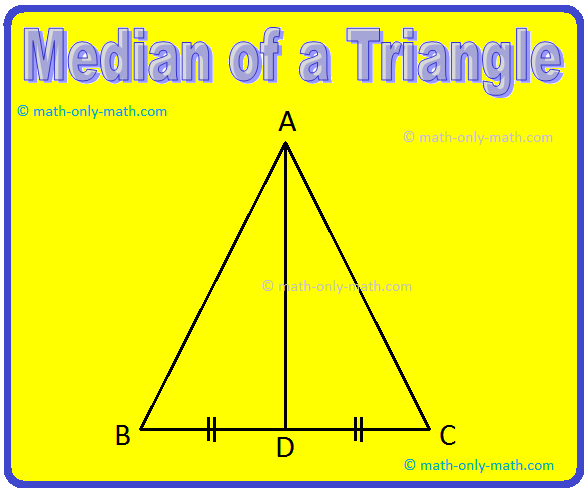
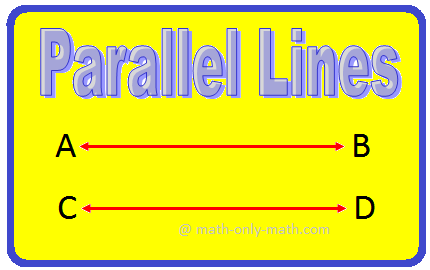
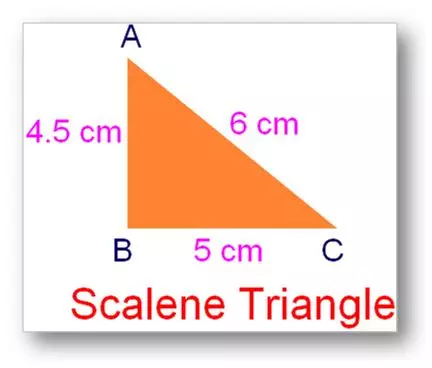
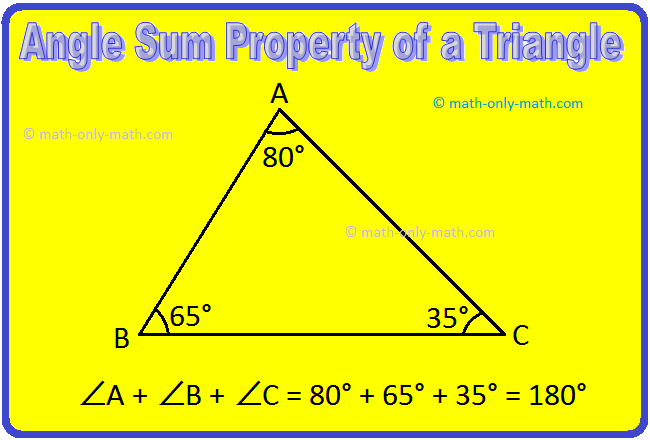



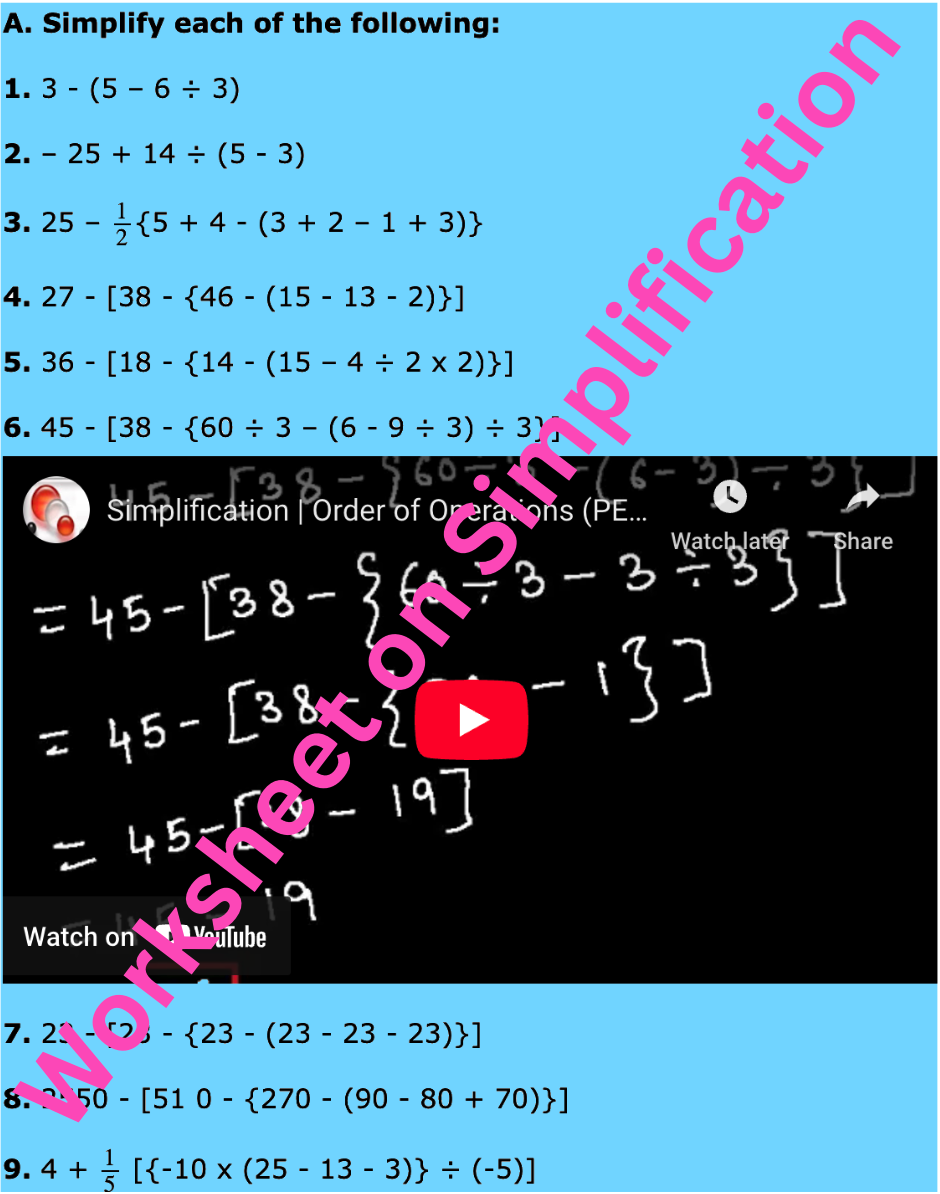

New! Comments
Have your say about what you just read! Leave me a comment in the box below. Ask a Question or Answer a Question.